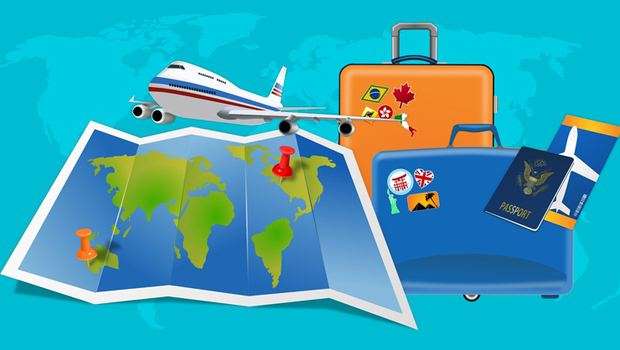The high season for travel in Turkey generally runs between mid-April and late-October. During the off-season, temperatures are much cooler and snow is possible in mountainous areas. Many visitors enjoy the spring and fall, with their mild weather and small crowds. Coastal regions are particularly popular with tourists during the summer. These include resort areas along the Aegean and Mediterranean coast with beaches and yachting facilities.
The coastline, especially between Izmir and Antalya, features numerous coves and bays and many nearby ancient cities and is perfect for yachting. A large number of international-quality marinas provide services for the yachtsman. For active travelers, swimming, fishing, water-skiing, Paragliding, surfing and diving are available. Turkey also enjoys many spectacular rivers.
They are ideal for canoeing, skiing and rafting. Mountaineering is also popular in mountain ranges throughout Turkey in spring and summer. The high plateaus of the Eastern Black Sea Region are covered by colorful flowers and green pasture during spring and summer. Naturalists will enjoy the diversity of fauna and flora as well as the heart-stopping splendor of the surrounding landscape.
Central and Eastern Turkey can receive large accumulations of snow, and snow skiing is a favorite winter pastime. Turkey has several ski centers, which are generally open from December through April depending on snow conditions.



